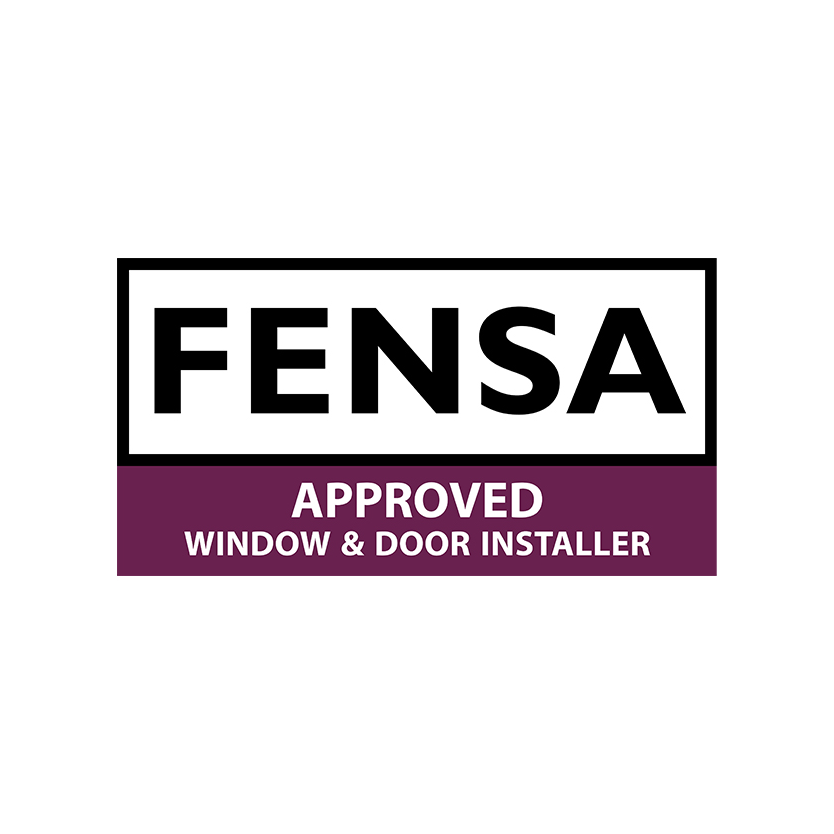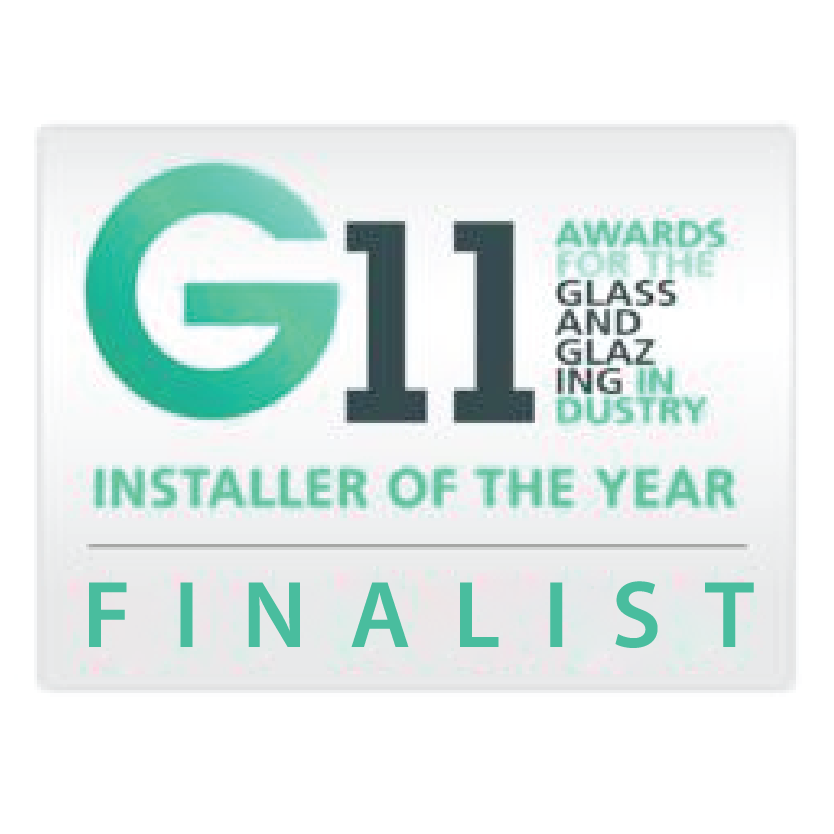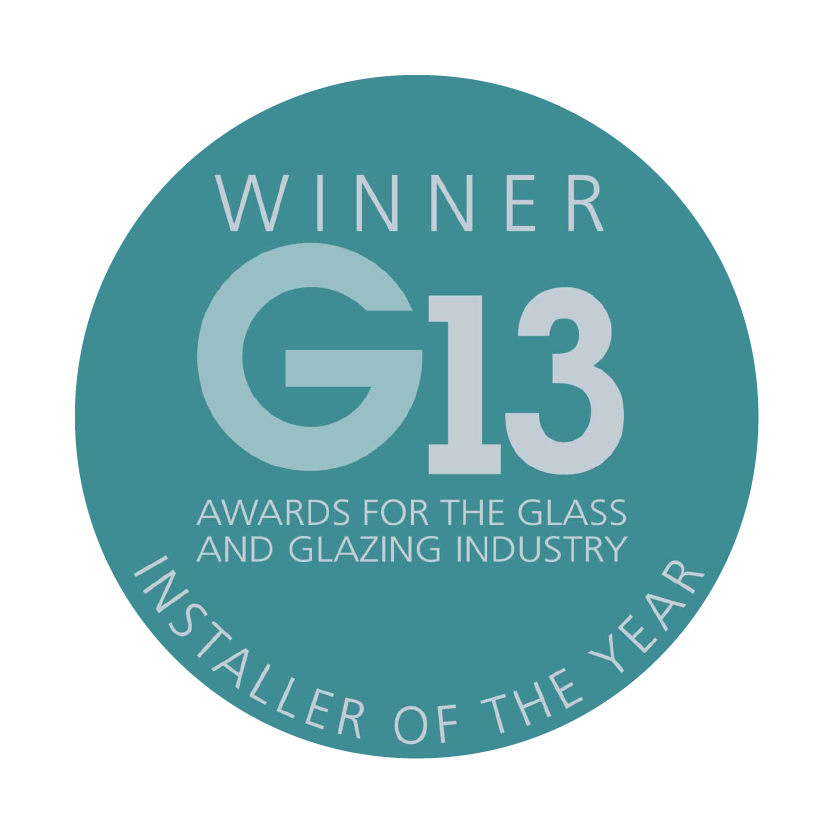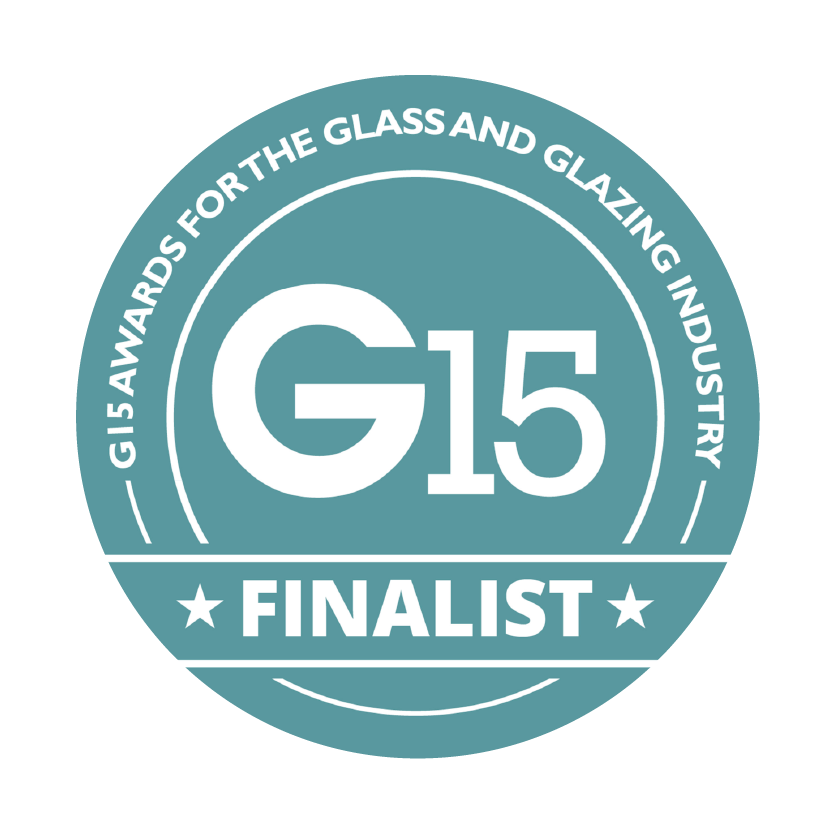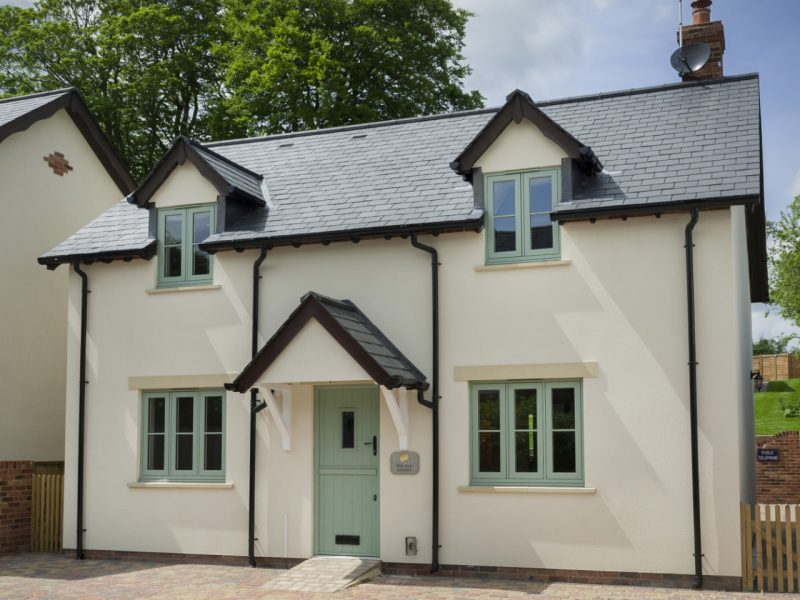
Timber - PVC - Aluminium - Windows, Doors & Conservatories in Dorset
Vacuum glazing
Vacuum glazing
Do double glazed units have a vacuum? What are vacuum units?
A brief history of double glazing and u-values – before you read this blog post you need to have an understanding of u-values and where double glazing started and how it has improved over the years.
What Is a U-value and why do they matter for your doors and windows?
In simple terms u-values are a measurement for heat transfer applied to how building components conduct or transfer heat. A materials u-value is calculated from the rate of energy transfer through one square meter of the structure divided by the difference in temperature at either side of the structure. This value is quoted as watts per square meter per Kelvin W/m2K. (1°C = 1K) The Kelvin temperature scale is used by scientists because they wanted a temperature scale where zero reflects the complete absence of thermal energy. So comparing the U-values of different branded products will help you to choose the best and most energy efficient windows and doors for your home, remember the higher the u-value the worse the energy loss.
Before we look at vacuum glazing we need to look at how the industry of providing energy rated glass units to UK homes has changed over the years.
Where it all started…Single Glazed Windows
According to Wikipedia the Romans, in around 100 AD were the first known to use glass for windows, a technology likely first produced in Roman Egypt. Windows can be seen in ancient Egyptian wall art and sculptures from Assyria. Paper windows were economical and widely used in the ancient Far east. In England glass became common in the windows of ordinary homes only in the early 17th century.
Up to the 70’s all windows were manufactured with a single glass pane. Single glazed windows suffered from huge heat losses and lots of internal condensation. Single glazing typically had a u-value of around 5.5.
Double glazed windows
Traditional double glazing became popular in the UK in the late 1970s and really took-off in the early 1980’s. The idea of KJM came about in 1982 and we were incorporated in 1983, so right at the beginning of the double glazing era. Early double glazed units were manufactured from two panes of glass, held apart with a metal spacer bar and were air filled. The spacer bar was filled with a desiccant (a hygroscopic substance that is used to induce or sustain a state of dryness). This dried the moisture in this air, so to stop internal condensation forming between the panes. The typical u-values of these units varied from 2.7 to 3.2 depending on the size of the gap between the panes.
The next stage of sealed units was the introduction of coated glass units. The best known glass being Pilkington K Glass™. This was a hard coated, pyrolytic low-emissivity coated thermal glass which significantly reduced heat loss. The coating reflects heat back into the room whilst also letting in free heat from the sun. This is known as passive solar gain. The u-value of these units range around the 1.7.
Hard coated glass, moved on to what is known today as soft coated glass, an even better insulator that lowers the u-values further. If we stick with the Pilkington brand they call their soft coat glass Pilkington K Glass™ S. This reduced u-values to 1.4.
They final part of the conventional double glazing technology advancements were the introduction of putting an inert gas between the panes of glass. This slowed the transfer of heat across the unit. Combining gas filling the units and removing the cold thermal bridge of the metal spacer and replacing it with a warm edge spacer have bought the very best 24mm-28mm units down to a u-value of 1.0.
The future?
Its is understood that at the time of writing this blog post (early 2024) Pilkington are working on a new coated glass technology that involves putting a soft coat over the top of a hard-coating. Early indications/rumours would say the u-value could be as low as 0.7.
So what about Vacuum Glazing?
Vacuum glazing has actually been manufactured for many years and has been commercially available for over 20 years throughout Asia. However, it is only recently becoming popular in the UK marketplace. There are not that many companies in the world that manufacture vacuum glass, at the time of writing it was limited to the far-east and one production facility in Europe. Pilkington Spacia™ was the world’s first commercially available vacuum glazing. It offered the thermal performance of conventional double glazing in the same thickness as a 6mm single glass, however it is not available in the UK market today.
The new technology vacuum glazing is very similar to a double glazed unit in construction, except that it doesn’t have a gas in the cavity, it has a vacuum. The vacuum makes a far more effective insulated window than any gas could, and therefore only requires a small cavity. The gap can be as small as 0.3mm meaning the overall unit thickness is as small as 8.3mm. Those that understand physics will know that if you remove all the air from something then atmospheric pressure will collapse the structure. Vacuum units therefore have tiny spacers between the glass to maintain both the gap and structure of the unit.
Vacuum glazing between two panes of glass is around 2.5 times more effective when insulating a house than the best current double glazing technology. Vacuum insulated glazing (VIG) can equal or exceed triple glazing with less weight and bulk. VIG also offers much greater performance in terms of acoustics or sound reduction.

Vacuum Glazing u-values
Landvac is a popular manufacturer of vacuum units and thanks to the vacuum chamber, it effectively blocks the thermal transmission. The thermal insulation performance is over ten times better than single pane glass, meeting heat transfer requirements on windows, doors and curtain glass of nearly zero energy buildings and passive houses. The vacuum glass at 8.3mm has a u-value of 0.4 and if were to be combined within a double glazed unit (effectively a triple glazed unit) with a sheet of low e glass, an 10-12mm spacer bar, the cavity filled with krypton gas then the Landvac pane , a u-value of around 0.27 can be achieved, with the overall unit size being around 24mm.
As a comparison to modern building regulations for different parts of a home. The following is the requirement for new build house.
- Roofs: 0.11 W/m²K
- Walls: 0.18 W/m²K
- Floors: 0.13 W/m²K
Manufacturing Vacuum units
The glass needed to manufacture Vacuum glazing needs to be very accurate and smooth. If you are dealing with cavities as small as 0.3mm the glass needs to be as flat as possible. This means getting an insulated vacuum in a double glazing unit is currently a very expensive process, so vacuum insulated windows are not a sensible option for all applications yet. There are however a number of applications around the world which use vacuum glazing. In Japan, vacuum glazing often specified in high rise buildings. This is because the panes of glass used in the production of vacuum units can be thinner than in conventional double glazing units, this leads to a weight reduction and improved performance in earthquakes.
Vacuum glazing summary
The benefits of vacuum glazing?
- Looks more like single glazing – This will help with historic properties, listed properties and modern contemporary builds that want to avoid heavy frames and fixings. Im unsure at the time of writing if it would be allowed in listed buildings.
- Similar thermal performance as triple glazing, but five times thinner. – Fineo states 0.7 W/(m2K) which is better than the target the Government is aiming for in the Future Homes standard. Landvac are a stating a u-value of 0.4.
- Out performs triple glazing and five times thinner
- Better acoustic performance
- Lasts longer than conventional double glazed sealed units
- Better solar gain – allows more sun heat into the room helping reduce energy bills
- 15% more light is allowed into the room compared with triple glazing
- Environmentally better – much lighter saving on transport and less product used plus last longer so less need to replace
Disadvantages
- Cost
These are early days for the market in the UK, but I do believe vacuum glazing is gaining traction within the UK. I feel it personally needs a UK manufacturer that will help improve delivery times and reduce the cost of importing from abroad.
Would you like a quotation for vacuum glazing? Visit KJM’s showroom in Andover Hampshire to see our vacuum-glazing. We have samples on order and they will be with us soon. Contact us
Our Landvac brochure
Vacuum glazing FAQs
Our preferred supplier LandVac can supply an 8.3mm unit with a u-value of 0.4. This is one of the best performing units in the market place. Combining the glass with another low e coated pane of glass (effectively making a triple glazed unit) can produce a u-value of around 0.27.
Vacuum double glazing is much more expensive than both standard double glazing and triple glazing although it will provide greater value thanks to its u-values and longer expected lifespan. Whilst vacuum double glazing can make a great investment for your glazing needs, the payback time could be prohibitive for most.
At the time of writing this article (Feb 2024) the cost to purchase in the UK was over £300 per square metre. This price being almost three times as much as a triple glazed unit, however the u-values were significantly improved.
The life expectancy of a sheet of vacuum glazing should easily exceed 25 years. High efficiency getter material (metallic compounds designed to absorb gas molecules) can sustain the vacuum of the sealed unit for a long time.
Landvac vacuum double glazing exceeds the thermal performance of triple glazing with a centre pane U-value of 0.4 W/m²K. This compares to around 0.5-0.6 for either a 44mm or 40mm triple glazed unit. With only a single Low-E coating, vacuum glazing also achieves superior light.
- 10 Conservatory Refurbishment Ideas - 14 November 2024
- Flat roof extensions vs. Pitched roof extensions - 11 November 2024
- KJM has been named as Which? Trusted Trader of the Month for February 2024. - 6 February 2024

